#zend avesta
Explore tagged Tumblr posts
Text
Zend Avesta, Untitled (bonus track from Organique / Blackstrobe, 2019 RSD reissue)
2 notes
·
View notes
Video
youtube
X-pensive... "Stronger and Faster" Zend Avesta vs Extralucid..."Let There Be Rock" Lemon'D..."Fungle Junk" Sean Deason..."Science Fiction" C.J.Bolland..."Zenith" Ken Ishii..."Stretch" Recuts..."Beautiful Bass" Leomoon..."Frequency" Kondo, Bernoshi, Laswell..."Tokyo" Amon Tobin..."Night Life"
Mixed by Dj Bouto, long ago... #jungle #drumandbass #liquid
#x-pensive#zend avesta#extralucid#sean deason#c.j.bolland#ken ishii#recuts#leomoon#kondo#bernoshi#laswell#amon tobin
1 note
·
View note
Text
Töre Sivrioğlu – Zerdüşt ve Avesta’nın İzinde (2023)
Zerdüşt kimdi? Avesta ne zaman derlendi? Persler, Parthlar ve Sasaniler Zerdüşti miydi? Avesta hangi dilde yazılmıştı? Bu dilin yaşayan akrabaları var mı? Zerdüştilik, Mecusilik, Mazdaizm gibi terimler ne anlama geliyor? Aralarındaki farklar nelerdir? İslam dini ile Zerdüştlük arasında nasıl bir bağ var? Mazda dininin kutsal simgeleri, nesneleri nelerdir? Bu kitapta bu sorulara cevap…
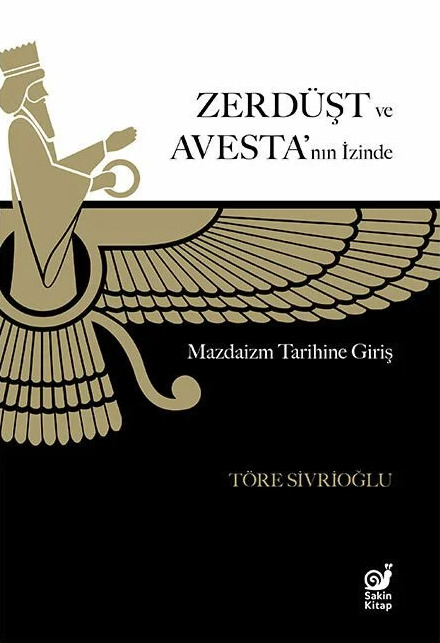
View On WordPress
#2023#Avesta#Mazdaizm#Mazdaizm Tarihine Giriş#Sakin Kitap#Ulaş Töre Sivrioğlu#Zend Avesta#Zerdüşt ve Avesta’nın İzinde#Zerdüştilik
0 notes
Text
El Zend-Avesta: Filosofía, Ritual y Literatura Sagrada
#Ahura Mazda#Angra Mainyu#Astronomía#Ciencia oculta#Cosmovisión Dualista#Espiritualidad#Legado persa#rituales#Sabiduría Ancestral#Sacerdotes Magos#Zend-Avesta#Zoroastro
0 notes
Text

If you missed the Lesbian Heritages show, you can still see it stream on demand til April 15. Just register and Max Dashu will send you the link.
Regular $20: https://py.pl/1zNJJD
Supporter $25: https://py.pl/1H2wsh
Low-Income: $15: https://py.pl/wkOhd
Lesbian Heritages
International view of woman-loving women, from archaeological finds of paired and embracing women, up to recent history. Khotylevo, Çatal Hüyük, Mycenae, Nayarit, Etruria, Nok, and the Begram ivories. Lesbian love in Hellenistic art, Thai murals, Indian temple carvings, and Japanese erotic books. Some called us mati, zami, hwame, sakhiyani, bofe or sapatão. Lesbians as female rebels: the Amazons, Izumo no Okuni, Juana Asbaje, Louise Michel, Stormé DeLarverie. Women who passed as men in order to practice medicine and roam the world. Punishing the lesbian: in the Bible, Zend Avesta, Laws of Manu; and demonological fantasies. Lesbian musicians (Sotiria Bellou, Chavela Vargas, Ethyl Waters), artists (Edmonia Lewis, Romaine Brooks, Yan María Castro), writers (Emily Dickinson), and actors (Garbo!) Lesbian clubs and scenes in Paris, Berlin, and New York. Lesbian feminists, and Arab, South African, Australian lesbians. And more…
"I am a lesbian, I am reality; I insist on living in freedom: --Rebeldías Lesbicas, Peru
158 notes
·
View notes
Text
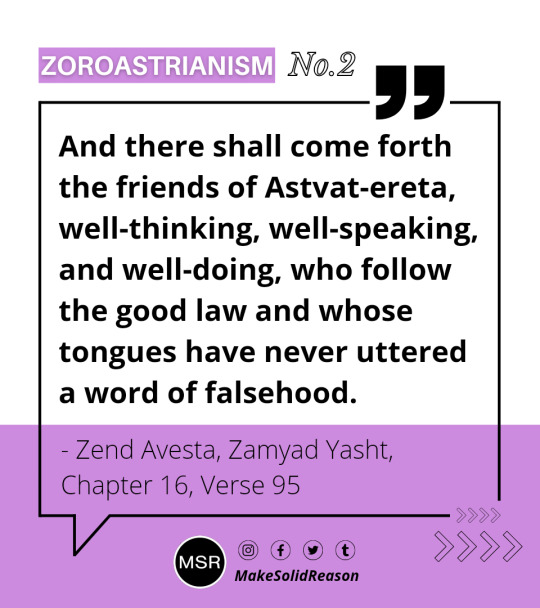
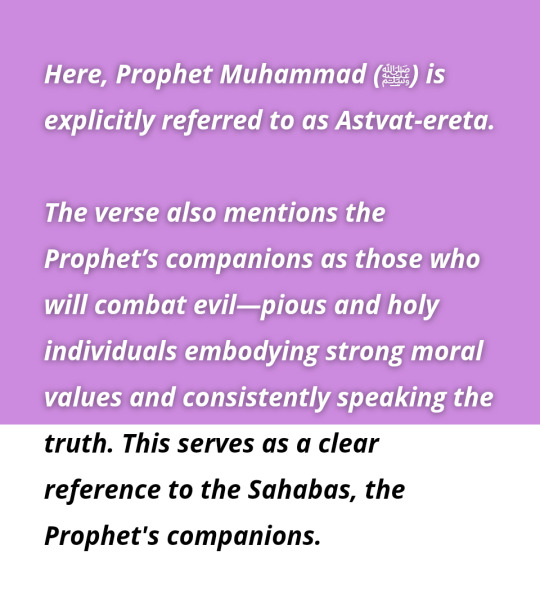
The review about the Prophecy in Zend Avesta, Zamyad Yasht, Chapter XVI, Verse 95.
#make#solid#reason#msr#facebook#instagram#twitter#tumblr#threads#zoroastrianism#friends#thinking#speak#chapter#prophet#prophetmuhammadﷺ#prophecy#pious#holy#strong#moral values#truth#clear#reference#follow#good#word#avesta#tongue#review
4 notes
·
View notes
Text
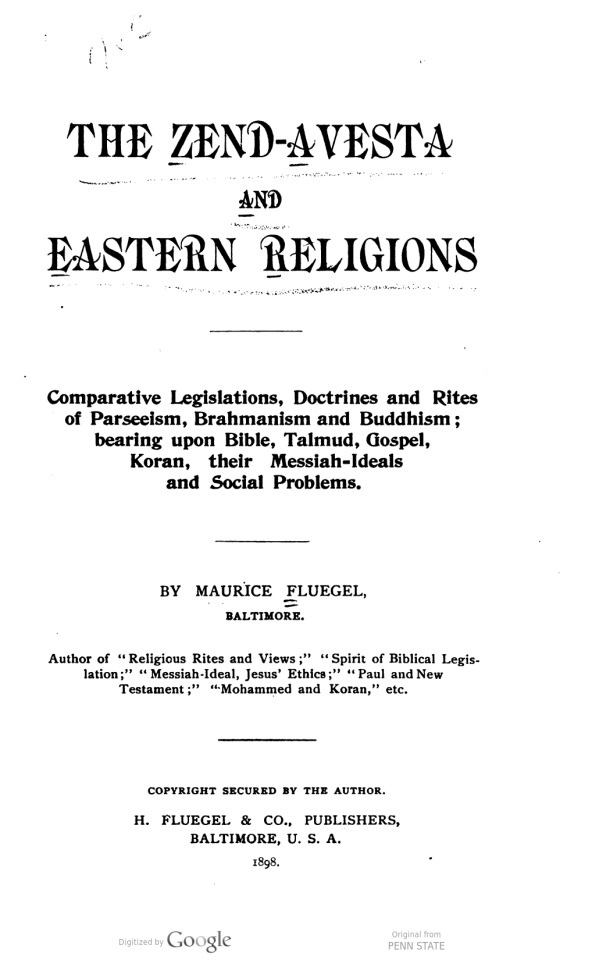
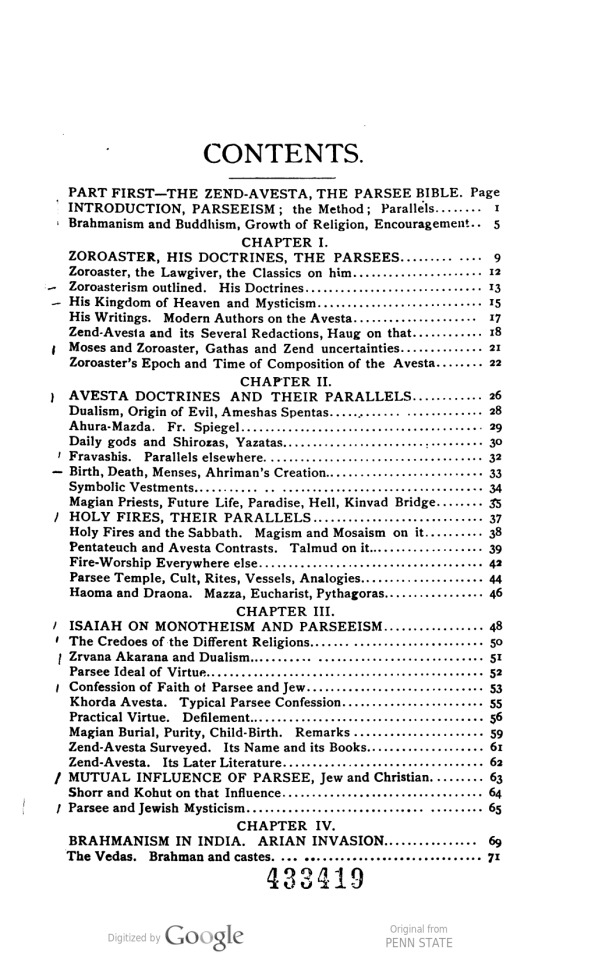
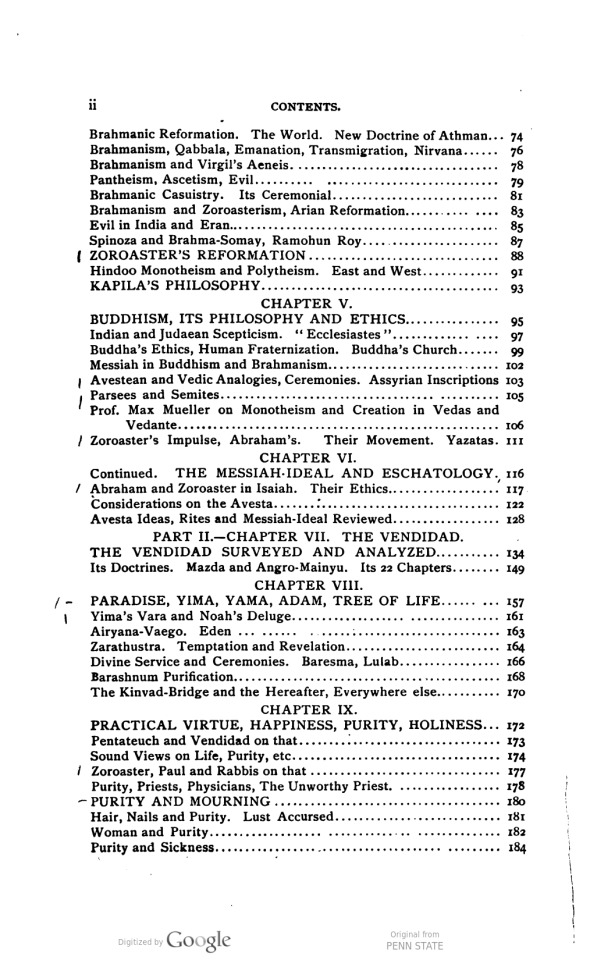
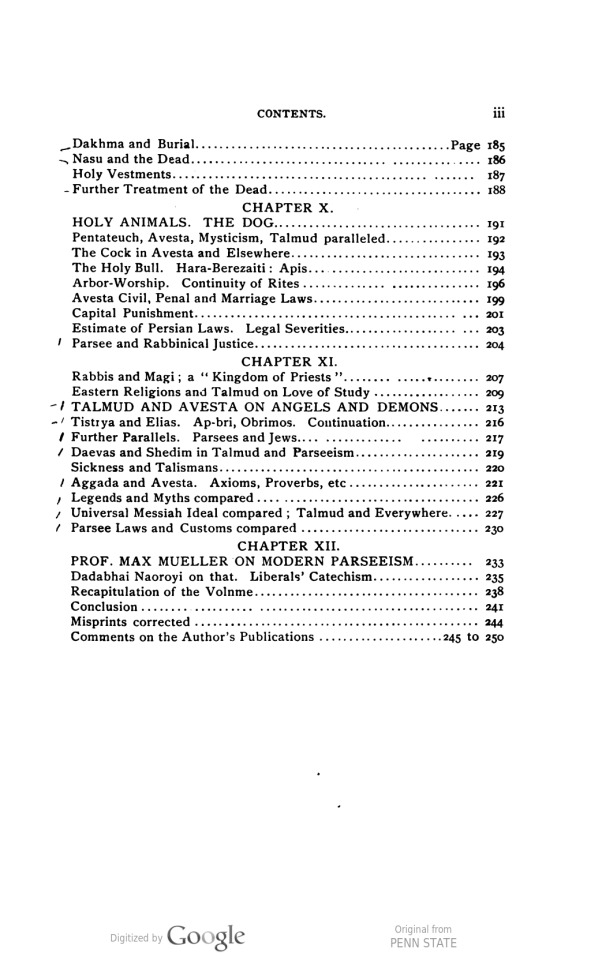
THE ZEND-AVESTA. INTRODUCTION. Having treated in the preceding volumes of this series of the doctrines and legislations of the three great Western religions, Judaism, Christianity and Islam, we have now arrived at the dis- cussion of the Eastern Religions, those of Iran, India, Ceylon, China, Japan, etc. These are Parseeism, Brahmanism and Budd- hism. We shall treat here especially of Parseeism. The important doctrines, the social scheme and legislation of Eran or Iran, the bible of Zoroaster, the Lend-Avesta is the leading theme of this volume. Brahmanism and Buddhism, the religions of the Hindoos, Chinese, Birmans, etc., will be discussed as important corollaries. The bearing and influence of these Eastern systems upon the West- ern ones is the object of this study. To find out their relation to- wards one another, what affinities and what discrepancies, what analogies and what contrasts, what gain or loss, advance or retro- gression, these two leading religious sets exhibit towards each other, to find out the different phases of each of these groups and of every member of the group, how they represent but one continued chain of development, one ethical and social growth of the "Tree of life and of knowledge," termed religion, connecting all the races, creeds and systems into one unit of civilization and humanization-that is the final scope of this volume; devoted principally to the study of the Zend-Avesta with its relation to and bearing upon the Western biblical religions. Parseeism. In far-away Hindustan, in the capital of British India, the magnificent and powerful commercial emporium of Bom- bay and its vicinity, there live among the native Hindoo and Mo- hammedan populations, the remnants of an ancient people, appar- ently of a bodily and mental type different from its neighbors. Though colonized there for many centuries, they nevertheless are not absorbed by, nor even amalgamated with the genuine natives, by whom they are outnumbered as ten thousand to one. They per- tinaciously cling to their own creed, nationality and ancient tongue; to their own sacred books, laws, manners and customs. They form a distinct race and a sect. Debris of that same nationality, creed and
The Zend-Avesta and eastern religions : comparative legislations, doctrines, and rites of Parseeism, Brahmanism, and Buddhism; bearing upon Bible, Talmud, Gospel, Koran, their Messiah-ideals and social problems / By Maurice Fluegel ...
Description
Tools
Cite thisExport citation fileMain AuthorFluegel, Maurice, 1831?-1911.Language(s)English PublishedBaltimore : H. Fluegel & co., 1898. SubjectsAvesta. Brahmanism. Buddhism. Parsees. Asia > Asia / Religion. Physical Descriptioniii, 244 p. ; 24 cm.
0 notes
Text
L’ancienne religion de l'Iran et l'avenir du monde
“Le monde d’en-bas” ©Philippe Quéau (Art Κέω) 2025 L’ancienne religion iranienne, le Zend-Avesta, possède tous les caractères d’une religion révélée. Son Dieu est Ahura Mazda, le Seigneur des seigneurs, le Dieu unique, qui règne fort au-dessus des Gâthâs (les esprits intermédiairesi). Ahura Mazda est appelé également, en pehlevi, ou moyen persan, Ormuzd. En avestique qui est la langue iranienne…

View On WordPress
0 notes
Text
The mystical knowledge imparted by divine texts such as the Bible, the Quran, the Bhagavad Gita, and the Zend-Avesta, to name a few, are imbued with spiritual wisdom that can transcend time and space. This article will delve deeper into the literary significance of vintage religious books, exploring their narrative styles, literary techniques, and their impact on society and culture from a historical perspective.
0 notes
Text

Zend Avesta - Organique (Artefact, 2000 / Blackstrobe, 2019 Reissue)
#zend avesta#arnaud rebotini#roya arab#alain bashung#mona soyoc#hafdis huld#philippe poirier#france#2000#2000-2004#electronic#global#wishlist#Bandcamp
2 notes
·
View notes
Text
What Is Zend Avesta? Key Concepts Of Zoroastrian Scriptures | PhilosophyStudent.org #shorts
Join us in uncovering the fundamentals of Zend Avesta, the cornerstone of Zoroastrian scripture. Perfect for beginners eager to learn about ancient spiritual texts. Please Visit our Website to get more information: https://ift.tt/evhBd3j #zendavesta #learnzoroastrianism #sacredtexts #spiritualeducation #religiousstudies #shorts from Philosophy Student https://www.youtube.com/watch?v=qzgyezZqDZo
View On WordPress
0 notes
Text
The Sacred Books of the East - all 50 volumes
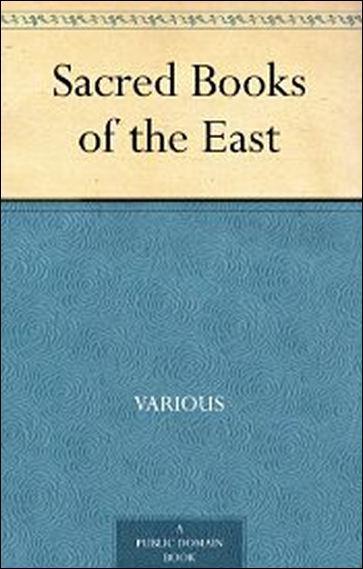
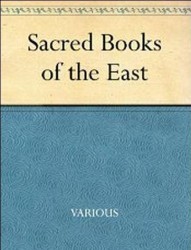
The Sacred Books of the East The Sacred Books of the East is an enormous project undertaken by Max Müller and various authors from 1879 and 1910. The group's work was published by Oxford University Press and to this day many of the translations are the only ones existing or the most precise. These translations might be some of the most important literature in one collection the world has ever seen. It is not possible to buy the complete set of these works, but Google Books and Microsoft have done an effort to scan them all from library sources since they are now in the Public Domain. Please keep in mind that these volumes are huge, some of the files are more than 50 MB and have up to 3.000 pages. In total, The Sacred Books of the East are more than a hundred thousand pages. The books are now in the Public Domain and available here for free download in their complete length. Download The Sacred Books of the East here as PDF-files: 1. The Upanishads, Part 1 of 2. Chandogya Upanishad. Talavakara (Kena) Upanishad. Aitareya Upanishad. Kausitaki Upanishad. Vajasaneyi (Isa) Upanishad. 2. The Sacred Laws of the Aryas, vol. 1 of 2. The sacred laws of the Aryas as taught in the school of Apastamba, Gautama, Vâsishtha, and Baudhâyana. pt. I. Apastamba and Gautama. (The Dharma Sutras). 3. The Sacred Books of China, vol. 1 of 6. Part I of The Texts of Confucianism. The Shû king (Classic of History). The religions portions of the Shih king (Classic of Poetry). The Hsiâo king (Xiao Jing). 4. The Zend-Avesta, vol. 1 of 3. The Vendîdâd. 5. Pahlavi Texts, vol. 1 of 5. The Bundahis, Bahman Yast, and Shayast La-Shayast. 6. The Qur'an, vol. 1 of 2. 7. The Institutes of Visnu. 8. The Bhagavadgita With the Sanatsugâtiya and the Anugitâ. (We have several other translations of the Bhagavad Gita, here: Link) 9. The Qur'an, vol. 2 of 2. 10. The Dhammapada and The Sutta-Nipâta, a collection of discourses; being one of the canonical books of the Buddhists, translated from Pāli; and The Dhammapada, a collection of verses, translated from Pāli. 11. Buddhist Suttas. The Mahâ-parinibbâna Suttanta, The Dhamma-kakka-ppavattana Sutta, The Tevigga Sutta'anta, The Âkankheyya Sutta'a, The Ketokhila Sutta'a, The Mahâ-Sudassana Sutta'anta, The Sabbâsava Sutta'a. 12. The Satapatha Brahmana according to the text of the Mâdhyandina school, vol. 1 of 5. 13. Vinaya Texts, vol. 1 of 3. The Patimokkha. The Mahavagga, I-IV. 14. The Sacred Laws of the Aryas, vol. 2 of 2. The sacred laws of the Aryas as taught in the school of Apastamba, Gautama, Vâsishtha, and Baudhâyana. pt. II. Vâsishtha and Baudhâyana. 15. The Upanishads, part 2 of 2. Katha Upanishad. Mundaka Upanishad. Taittiriya Upanishad. Brhadaranyaka Upanishad. Svetasvatara Upanishad. Prasña Upanishad. Maitrayani Upanishad. 16. The Sacred Books of China, vol. 2 of 6. Part II of The Texts of Confucianism. The Yi King: (I Ching). 17. Vinaya Texts, vol. 2 of 3. The Mahavagga, V-X, the Kullavagga I-II. 18. Pahlavi Texts, vol. 2 of 5. The Dâdistân-î Dinik and the Epistles of Mânûskîhar. 19. The Fo-sho-hing-tsan-king, a life of Buddha, by Ashvaghosha, Bodhisattva; translated from Sanskrit into Chinese by Dharmaraksha, A. D. 420. 20. Vinaya Texts, vol. 3 of 3. The Kullavagga, IV-XII. 21. The Saddharma-Pundarika or The Lotus of the True Law. 22. Jaina Sûtras, vol. 1 of 2, translated from the Prâkrit. The Âkârânga sûtra. The Kalpa sûtra. 23. The Zend-Avesta, vol. 2 of 3. The Sîrôzahs, Yasts, and Nyâyis. 24. Pahlavi Texts, vol. 3 of 5. Dinai Mainög-i khirad, Sikand-Gümanik Vigar, Sad Dar. 25. The Laws of Manu. Translated, with extracts from seven commentaries. 26. The Satapatha Brahmana according to the text of the Mâdhyandina school, vol. 2 of 5, Books III-IV 27. The Sacred Books of China, vol. 3 of 6. Part III of the texts of Confucianism. The Lî Kî (Book of Rites), part 1 of 2. 28. The Sacred Books of China, vol. 4 of 6. Part IV of the texts of Confucianism. The Lî Kî (Book of Rites), part 2 of 2. 29. The Grihya-sutras; rules of Vedic domestic ceremonies. vol. 1 of 2. Sankhyayana-Grihya-sutra. Asvalayana-Grihya-sutra. Paraskara-Grihya-sutra. Khadia-Grihya-sutra. 30. The Grihya-sutras; rules of Vedic domestic ceremonies. vol. 2 of 2. Gobhila, Hiranyakesin, Apastamba (Olderberg); Yajña Paribhashasutras (Müller). 31. The Zend-Avesta, vol. 3 of 3. The Yasna, Visparad, Afrînagân, Gâhs, and miscellaneous fragments. 32. Vedic Hymns, vol. 1 of 2. Hymns to the Maruts, Rudra, Vâyu, and Vâta., with a bibliographical list of the more important publications on the Rig-veda. 33. The Minor Law-Books: Brihaspati. (Part 1 of 1). 34. The Vedanta-Sutras, vol. 1 of 3. Commentary by Sankaracharya, part 1 of 2. Adhyâya I-II (Pâda I-II). 35. The Questions of King Milinda, vol. 1 of 2. Milindapañha. 36. The Questions of King Milinda, vol. 2 of 2. Milindapañha. 37. Pahlavi Texts, vol. 4 of 5. Contents of the Nasks. 38. The Vedanta-Sutras, vol. 2 of 3, commentary by Sankaracharya, part 1 of 2. Adhyâya II (Pâda III-IV) -IV. 39. The Texts of Taoism, Part 1 of 2. The Sacred Books of China, vol. 5 of 6. Also: The Tâo the king (Tao te Ching): The writings of Kwang-tze, books I-XVII. 40. The Texts of Taoism, Part 2 of 2. Includes The Writings of Kwang Tse, books XVII-XXXIII, The Thâi-shang tractate of actions and their retributions, other Taoist texts, and the Index to vols. 39 and 40. 41. The Satapatha Brahmana according to the text of the Mâdhyandina school, vol. 3 of 5. Books V, VI, VII. 42. Hymns of the Atharvaveda, Together With Extracts From the Ritual Books and the Commentaries. 43. The Satapatha Brahmana according to the text of the Mâdhyandina school, vol. 4 of 5, Books VII, IX, X. 44. The Satapatha Brahmana according to the text of the Mâdhyandina school, vol. 5 of 5, Books XI, XII, XIII, XIV. 45. Jaina Sûtras, vol. 2 of 2, translated from Prâkrit. The Uttarâdhyayana Sûtra, The Sûtrakritânga Sûtra. 46. Vedic Hymns, vol. 2 of 2. Hymns to Agni (Mandalas I-V). 47. Pahlavi Texts, vol. 5 of 5. Marvels of Zoroastrianism. 48. The Vedanta-Sutras, vol. 3 of 3, with the commentary of Râmânuja. 49. Buddhist Mahâyâna Texts. Part 1. The Buddha-karita of Asvaghosha, translated from the Sanskrit by E. B. Cowell. Part 2. The larger Sukhâvatî-vyûha, the smaller Sukhâvatî-vyûha, the Vagrakkedikâ, the larger Pragñâ-pâramitâ-hridaya-sûtra, the smaller Pragñâ-pâramitâ-hridaya-sûtra, translated by F. Max Müller. The Amitâyur dhyâna-sûtra, translated by J. Takakusu. 50. General index to the names and subject-matter of the sacred books of the East. Read the full article
#BaghavadGita#Bhagavadgita#Gitas#MaxMüller#milindapanha#PDFs#PublicDomain#SacredBooks#Sutras#Veda#Vinaya
0 notes
Text
OBRAS
El librito de la vida después de la muerte (1836), animada por un soplo poético y religioso, sigue siendo una destacada expresión del misticismo alemán, tal y como se fue formulando después del Romanticismo. En ella Fechner examina el destino del alma humana, en sus pasos sucesivos a los grados superiores de la existencia. La muerte, liberando al hombre de su cuerpo, al igual que su nacimiento le había liberado de las tinieblas del vientre materno.
Zend-Avesta, obra publicada en Leipzig en 1851 y que se parece al texto de Zoroastro por cierta afinidad de concepción, Gustav Fechner expone su concepción poético-filosófica del mundo, una metafísica fundamentada con bases empiricocientíficas, afín por sus directrices a la de Lotze, y más tarde a la de Wilhelm Wundt. Fechner sabe que tal metafísica es una simple hipótesis, pero una hipótesis racional fundada sobre bases científicas, y la formula de acuerdo con las exigencias ideales del espíritu.
La visión del día frente a la de la noche (1879). La "visión de la noche" es la idea materialista-mecánica del universo: todo principio de distinción cualitativa, de individualización y de libre actividad desaparece para dejar lugar a la necesidad indiferente y oscura. La "visión del día" es la idea de la animación del mundo, los astros, la tierra, el hombre, los animales, las plantas y los mismos minerales. Todo vive con una vida individual, múltiple y diferenciada. Y las infinitas vidas individuales se armonizan en el alma suprema del universo, en Dios, que es la fuente de su ser y de su proceso, a la vez que resultado del uno y del otro.
0 notes
Text
The stupid desire to buy the Zend-Avesta just cause your favorite card game has references to it.
#buddyfight#Yeah a card game called that draws inspiration from the Avesta#I tried to read it digitally but ofc it's not the same
1 note
·
View note
Text
Quote I'll Use To Promote "God 101"
I'm going to use the following quote from Autobiography of a Yogi to promote my song "God 101": '"May the good and heroic souls of the saints come here (so reads 'A Prayer for a Dwelling," from the Zend-Avesta, that hangs on one of the hermitage doors) and may they go hand in hand with us, giving the healing virtues of their blessed gifts that are as ample as the earth, as high-reaching as the heavens!"'
1 note
·
View note
Text
Any idea where to find a text (in Persian) of the Avesta? One that’s actually legible.
5 notes
·
View notes